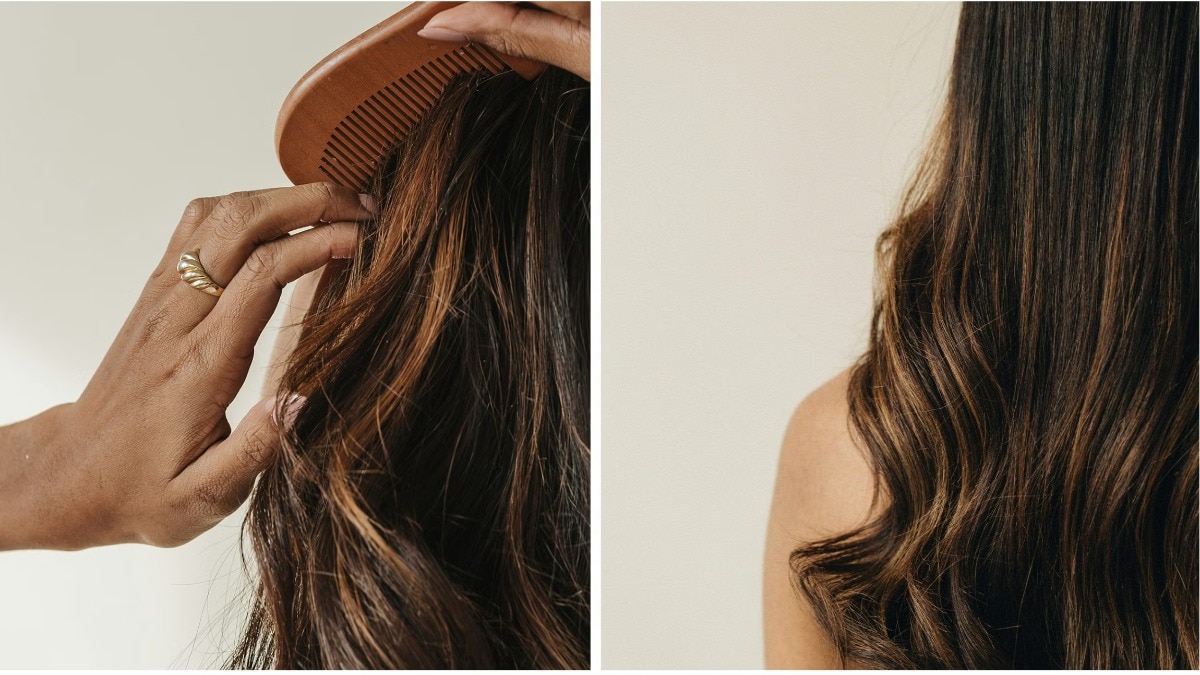Skin cycling is a derm-approved Internet beauty trend you must adopt
When it comes to skincare, less is actually more.


Beauty and skincare fads have a short life span, especially if they were born on the Internet—remember slugging, where people were slathering their faces with petroleum jelly to repair their skin barrier? Or the viral glazed-doughnut look popularised by Hailey Beiber? But the latest one doing the rounds is a trend that not only has existed since a long time; it might actually be good for your skin.
In a world with skincare routines that hit double digits (the infamous Korean routine has 10 steps), skin cycling is all about embracing minimalism—it involves rotating your exfoliators (serums and toners with active ingredients) and retinol through the week instead of using them every day. “It is usually referred to a four-night skincare routine that consists of two nights of active products followed by two nights of recovery,” says Dr Niketa Sonavane, celebrity dermatologist and founder of Ambrosia Aesthetics, Mumbai. While the concept of skin cycling has been around for quite some time, the term was popularised on TikTok by Dr. Whitney Bowe this year.
Wait, but what’s wrong with my elaborate skincare routine?
Are you one of those that believe more is always better when it comes to skincare? Do you use multiple serums in a single routine and never give your skin a day off from actives? You might be doing your skin more harm than good. Ritika Jayaswal, founder and CEO of skincare brand Nourish Mantra agrees. “An excess of anything is bad. If the actives used are too high in concentration or are used too frequently, they can irritate your skin and compromise the skin barrier,” she says.
Mumbai-based Dr Soma Sarkar, who is a celebrity dermatologist with more than 10 years of experience in the field, concurs. “Piling up of products because it’s a fad and using them all at once is not going to help your skin. In fact, it can aggravate existing conditions like acne, and make your skin super dry, photosensitive and irritable,” she explains.
So, what’s the way out? Give your skin a break, for starters. According to Dr Sarkar, you should divide your skincare into A.M. and P.M. routines—reserve the more concentrated actives for night and stick to antioxidants like vitamin C for the mornings. And if you’re still confused, it’s always best to consult a dermatologist, she says.
Is skin cycling beneficial for your skin or is it just a passing fad?
Think of skin cycling like going to the gym—similar to how you rotate through different body groups and give yourself recovery days in a week, this trend recommends the same with your skin. And if you’re wondering if this restraint helps, the answer is yes. “Skin cycling can help prevent barrier disruption, which leads to red and dry skin that is a common side effect of using too many active ingredients. In that case, recovery nights that focus on nourishing the skin go a long way towards preventing skin irritation and sensitivity,” says Dr Sonavane.
If your current routine has both strong actives and retinol, then Dr Sarkar suggests applying retinol only two or three times a week and using a hyaluronic acid serum or a serum-based moisturiser to keep your skin healthy and repaired. As for AHAs and BHAs, use them instead of physical exfoliators like scrubs, and only at night.
Is skin cycling sensitive-skin approved?
People with sensitive skin will relate to the fact that finding a product or routine that doesn’t irritate their skin or cause it to break out is a task. Blindly following Internet beauty trends can be like stepping on a minefield, but thankfully, skin cycling is gentle and is perfect for those with intolerant skin types. Dr Sonavane explains, “Skin cycling is ideal for sensitive skin as it allows the skin to recover fully. Your morning routine could consist of only a cleanser, moisturiser, and sunscreen, with actives on alternate nights. No matter what day of the cycle it is, you must always cleanse and moisturise your skin. If you’re wearing makeup, then start with a cleansing balm or micellar water and follow up with a foaming or hydrating cleanser.”
Even if you are taking rest days with your exfoliators, Jayaswal advices caution. “Always know the products you use for your skin well. Study the ingredients and understand what works and what doesn't for your skin, before you try any of these skin care routines,” she signs off.
Lead image: Athiya Shetty/Instagram










